The Benefits of Proper Nutrition and Hydration for Women Over 50
Women over 50 can get all the nutrients they need by eating a balanced diet. A balanced and varied diet includes a wide range of foods from different food groups in the right proportions to provide all the nutrients the body needs. The food groups include fruits, vegetables, grains, dairy, protein, and healthy fats.
- Calcium and vitamin D: Calcium is essential for maintaining bone health, and vitamin D helps the body absorb calcium. Women over 50 need about 1200mg of calcium daily, which can be obtained from dairy products, leafy greens, and fortified foods. Vitamin D can be obtained from sunlight exposure or fortified foods such as milk and cereals.
- Vitamin B12: Vitamin B12 is essential for maintaining cognitive function and nerve health. As we age, our bodies may have trouble absorbing this vitamin, so consuming foods high in vitamin B12, such as meat, fish, eggs, and fortified cereals is necessary.
- Fiber: Fiber helps maintain digestive health and can help prevent chronic diseases such as heart disease and diabetes. Women over 50 should aim for 21 grams of fiber daily from whole grains, fruits, vegetables, and beans.
- Healthy fats: Omega-3 fatty acids found in fish, nuts, and seeds can help reduce inflammation and lower the risk of heart disease. Healthy fats can also help improve cognitive function and mood.
Ultimately, women over 50 can meet their nutritional needs and avoid deficiencies by eating a balanced, varied diet that includes foods from different food groups. Getting enough calcium, vitamin D, B12, fiber, and healthy fats is essential to stay healthy and preventing chronic diseases.
Top Nutrients Women Over 50 Need for Optimal Health
A diet that is balanced and varied includes foods from different food groups, such as:
- Fruits: Apples, bananas, berries, oranges, grapes, and kiwi.
- Vegetables: Leafy greens, broccoli, carrots, bell peppers, tomatoes, and sweet potatoes.
- Whole grains: Brown rice, quinoa, oats, whole wheat bread, and pasta.
- Lean proteins: Chicken, fish, turkey, tofu, legumes, and beans.
- Healthy fats: Nuts, seeds, avocado, olive oil, and fatty fish such as salmon.
- Dairy or dairy alternatives: Milk, cheese, yogurt, and plant-based milk such as almond or soy milk.
Some examples of a balanced and varied diet include:
- Breakfast: Oatmeal with berries, nuts, almond milk, or a spinach and mushroom omelet with whole wheat toast.
- Lunch: A spinach salad with grilled chicken, tomatoes, avocado, a vinaigrette dressing, or a turkey and vegetable wrap with whole wheat bread.
- Dinner: Grilled salmon with roasted vegetables and quinoa or a tofu stir-fry with brown rice and mixed vegetables.
- Snacks: Fresh fruit, hummus with veggies, a handful of nuts, or yogurt with granola.
Remember that a balanced and varied diet is about eating various foods from different food groups in the right proportions to provide all the nutrients the body needs.
How to Limit or Avoid Foods and Beverages That Can Harm Your Health
A balanced and healthy diet also means limiting or avoiding certain foods and beverages that can harm our health. These include:
- Added sugars: Sugar-sweetened beverages such as soda, fruit drinks, and sports drinks, as well as baked goods, candy, and other sweets.
- Saturated fats: Fatty cuts of meat, high-fat dairy products, and fried foods.
- Trans fats: Processed foods such as baked goods, snack foods, and fried foods that contain partially hydrogenated oils.
- Sodium: Processed and packaged foods such as canned soups, frozen meals, and snack foods, as well as table salt.
- Alcohol: Excessive alcohol consumption can increase the risk of liver disease, certain cancers, and other health problems.
Some examples of how to limit or avoid these foods and beverages include:
- Choose water, unsweetened tea, or sparkling water instead of sugar-sweetened drinks.
- Choose lean proteins such as chicken, fish, and legumes, and limit or avoid high-fat meats and full-fat dairy products.
- Avoid processed and fried foods that contain trans fats.
- Use herbs and spices to add flavor to foods instead of relying on table salt.
- Limit alcohol consumption to one drink per day for women and two for men.
Remember that a balanced and healthy diet means making choices based on what you know, eating various foods in moderation, and limiting or avoiding foods and drinks that can hurt your health.
Include a chart or a graphic that shows the recommended portions or servings of each food group for women over 50. Please write in the English language.
Here is a general guide for recommended portions or servings of each food group for women over 50:
Food Group Daily Serving Size
Fruits 1 1/2 to 2 cups
Vegetables 2 to 2 1/2 cups
Grains 5 to 6 ounces (at least half should be whole grains)
Protein 5 to 6 ounces
Dairy or Dairy Alternatives 3 cups of low-fat or fat-free milk or yogurt or 1 1/2 ounces of cheese
Healthy Fats 5 to 6 teaspoons
It’s important to note that these serving sizes are general guidelines and may vary depending on individual caloric needs and physical activity levels. It’s always best to consult a healthcare professional or registered dietitian for personalized dietary advice.
High-Quality Protein Sources for Women Over 50
Protein is essential for women over 50 to preserve muscle mass, strength, and function. As we age, our muscle mass tends to decrease, which can lead to a loss of power and position. Adequate protein intake can help slow this process, assisting women in maintaining their physical abilities and independence.
In addition, protein is essential for wound healing and immunity. Our immune system may weaken as we age, making it more difficult for the body to fight off infections and heal wounds. Protein is essential for building and repairing tissues, including those involved in the immune response and wound healing.
Research suggests that older adults may require more protein than younger adults to maintain muscle mass and function. The Recommended Dietary Allowance (RDA) for protein for women over 50 is 0.36 grams per pound of body weight per day. This means a 140-pound woman should aim for about 50 grams of protein daily.
Good protein sources include lean meats, poultry, fish, eggs, dairy products, legumes, and nuts. Choosing protein sources low in saturated fats and sodium is essential to promote overall health.
In conclusion, protein is essential for women over 50 to preserve muscle mass, strength, and function and support wound healing and immunity. Consuming adequate amounts of protein from various sources is vital to a balanced and varied diet.
Examples of high-quality protein foods
There are many high-quality protein sources that women over 50 can incorporate into their diet to maintain muscle mass, strength, and function. Some examples include:
- Seafood: Fish such as salmon, tuna, and sardines are excellent sources of high-quality protein, as well as omega-3 fatty acids, which have been shown to have anti-inflammatory effects.
- Poultry: Chicken and turkey are lean sources of protein that can be incorporated into various meals.
- Eggs: Eggs are a versatile and nutrient-dense source of protein, with one large egg containing about 6 grams of protein.
- Legumes: Beans, lentils, and peas are high in protein and fiber, making them a filling and nutritious addition to meals.
- Soy: Soy products such as tofu and tempeh are plant-based complete protein sources containing all essential amino acids.
- Nuts and seeds: Almonds, peanuts, walnuts, chia seeds, and pumpkin seeds are all excellent sources of protein and healthy fats.
When choosing protein sources, it’s essential also to consider their overall nutrient content and potential impact on health. For example, seafood is high in protein and omega-3 fatty acids but may also contain environmental contaminants, so choosing low-mercury options is essential. Plant-based protein sources can also provide other vital nutrients such as fiber, vitamins, and minerals.
Increasing protein intake throughout the day
Increasing protein intake throughout the day can help women over 50 maintain muscle mass, strength, and function. Here are some tips on how to do so:
- Add protein to breakfast: Include protein-rich foods such as eggs, Greek yogurt, or nut butter to start the day with a protein boost.
- Choose protein-rich snacks: Opt for nuts, seeds, or hummus with veggies to increase your protein intake between meals.
- Include protein in salads: Add grilled chicken, shrimp, or tofu to your salads to increase their protein content.
- Choose protein-rich foods at each meal: Plan meals that include protein-rich foods such as lean meats, fish, eggs, legumes, or dairy products.
- Experiment with plant-based protein sources: Incorporate plant-based protein sources such as beans, lentils, or quinoa into your meals to increase protein intake.
- Consider protein supplements: If it’s challenging to get enough protein from food alone, protein supplements such as whey or soy protein powders can be added to smoothies or other recipes.
It’s important to note that while increasing protein intake is important, it’s also essential to maintain a balanced and varied diet that includes a variety of nutrient-dense foods from all food groups. Consult with a healthcare professional or registered dietitian for personalized dietary advice.
Here is a table that shows the recommended protein intake for women over 50 based on their body weight and activity level:
These recommended protein intakes are based on the assumption that protein should make up 10-35% of daily caloric intake, with a higher percentage recommended for more physically active individuals.
It’s important to note that these are general guidelines and may vary based on individual needs and health conditions. Consulting with a healthcare professional or registered dietitian can help determine the appropriate protein intake for individual needs.
Calcium and vitamin D are essential for women over 50
Calcium and vitamin D are essential nutrients for women over 50, as they are crucial in maintaining bone health and preventing osteoporosis, fractures, and falls.
Our bones become thinner and weaker as we age, making them more prone to fractures and breaks. Calcium is a mineral that is important for building and maintaining strong bones. Vitamin D helps the body absorb calcium and promotes bone growth.
Women over 50 are at a higher risk for osteoporosis and fractures, and studies have shown that adequate calcium and vitamin D intake can help reduce this risk. In addition, low levels of these nutrients have been linked to an increased risk of falls, which can lead to severe injuries such as hip fractures.
Calcium is found in various foods, such as dairy products, leafy greens, and fortified foods. The Recommended Dietary Allowance (RDA) for calcium for women over 50 is 1200mg per day. Vitamin D can be obtained from sunlight exposure but can also be found in foods such as fatty fish, egg yolks, and fortified foods. The RDA for vitamin D for women over 50 is 600-800 IU daily.
Have a look below at some great information regarding calcium and deficiency.
In addition to supporting bone health, calcium and vitamin D are crucial for dental health, as they help maintain strong teeth and prevent tooth loss.
In conclusion, calcium and vitamin D are essential nutrients for women over 50 to prevent osteoporosis, fractures and falls and to support bone and dental health. Consuming adequate nutrients from food or supplements is vital as part of a balanced and varied diet. Consult with a healthcare professional or registered dietitian for personalized dietary advice.
Unveiling the Powerhouse of Calcium-Rich Foods for Optimal Health
There are many calcium-rich foods that women over 50 can incorporate into their diet to support bone health. Some examples include:
- Dairy products: Milk, yogurt, and cheese are all good sources of calcium. Choose low-fat or fat-free options to limit saturated fat and calories.
- Fortified plant milk: Many plant-based kinds of milk, such as soy milk, almond milk, and oat milk, are fortified with calcium and other nutrients.
- Leafy greens: Kale, collard greens, bok choy, and spinach are all good sources of calcium.
- Tofu: Tofu made with calcium sulfate is an excellent plant-based source of calcium.
- Sardines: Sardines are a good source of calcium and omega-3 fatty acids.
Other good sources of calcium include almonds, figs, fortified cereals, and fortified orange juice. It’s important to note that some foods, such as spinach, contain compounds that can interfere with calcium absorption. Hence, consuming various calcium-rich foods is essential to ensure adequate absorption.
The Recommended Dietary Allowance (RDA) for calcium for women over 50 is 1200mg per day. Consuming calcium-rich foods as part of a balanced and varied diet is important to meet this requirement. If it’s challenging to obtain enough calcium from food, supplements may be recommended by a healthcare professional or registered dietitian.
Tips on Increasing Calcium and Vitamin D Intake
Here are some tips on how to increase calcium and vitamin D intake:
- Choose fortified foods: Look for plant-based milk, cereals, and juices fortified with calcium and vitamin D.
- Take supplements: If it’s challenging to obtain enough calcium and vitamin D from food alone, supplements may be recommended by a healthcare professional or registered dietitian.
- Get enough sunlight exposure: Vitamin D can be obtained through exposure to sunlight. Spending 10-15 minutes outside in the sun, without sunscreen, a few times per week can help boost vitamin D levels.
- Incorporate calcium-rich foods into meals and snacks: Include dairy products, leafy greens, and tofu in meals and snacks to increase calcium intake.
- Choose vitamin D-rich foods: Fatty fish such as salmon and egg yolks and fortified foods such as orange juice are good sources of vitamin D.
- Read food labels: When choosing foods such as dairy products and plant-based kinds of milk, look for options fortified with calcium and vitamin D.
- Be mindful of alcohol consumption: Alcohol can interfere with the absorption of specific B vitamins, particularly thiamine.

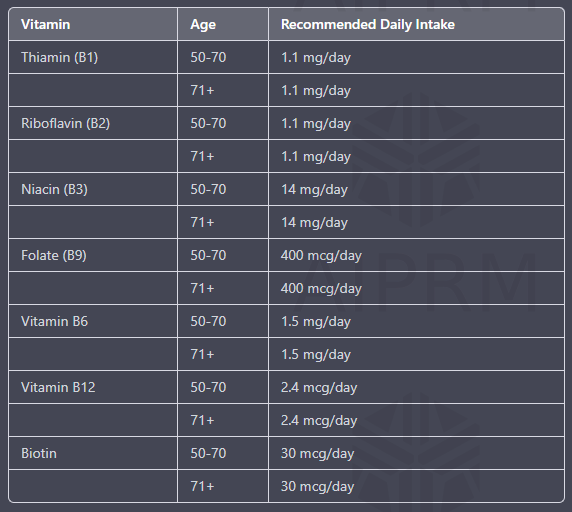
Tips for Staying Hydrated and Preventing Dehydration
Staying hydrated is crucial for overall health and well-being, especially for women over 50. As we age, our bodies may be less able to conserve water, making it even more essential to consume adequate fluids throughout the day.
Dehydration can lead to various adverse health effects, including fatigue, headaches, constipation, and decreased cognitive function. Aiming for adequate hydration by consuming various fluids throughout the day is essential.
Here are some tips for staying hydrated:
- Drink plenty of water: Water is the best fluid for staying hydrated and calorie-free.
- Include fluids in meals: Soups, smoothies, and juices can increase fluid intake.
- Choose hydrating foods: Foods with high water content, such as fruits, vegetables, and soups, can also contribute to hydration.
- Limit caffeine and alcohol: Caffeine and alcohol can have a diuretic effect, increasing fluid loss.
- Please pay attention to thirst: Thirst is a signal that needs fluids, so listen to your body and drink when thirsty.
- Check urine color: Urine color can be an indicator of hydration status. Clear or light yellow urine indicates adequate hydration, while dark yellow or amber urine may indicate dehydration.
Individual fluid needs may vary based on activity level, climate, and health status. Consulting with a healthcare professional or registered dietitian can help determine appropriate fluid intake for individual needs.
Hydration is essential for women over 50 as it can help prevent various adverse health effects common in older adults. Here are some reasons why hydration is important:
- Prevent dehydration: As we age, our bodies may have a reduced ability to conserve water, making it easier to become dehydrated. Dehydration can lead to fatigue, headaches, and dizziness.
- Prevent constipation: Adequate hydration can help prevent constipation, a common issue in older adults.
- Prevent urinary tract infections: Staying hydrated can help prevent urinary tract infections, which are more common in older women.
- Prevent kidney stones: Adequate hydration can also help prevent kidney stones, which can be more common in older adults.
- Support skin health: Proper hydration can help keep skin healthy and prevent dryness and wrinkles.
- Support cognitive function: Dehydration can impair cognitive function, including memory and attention. Adequate hydration can help maintain optimal cognitive function.



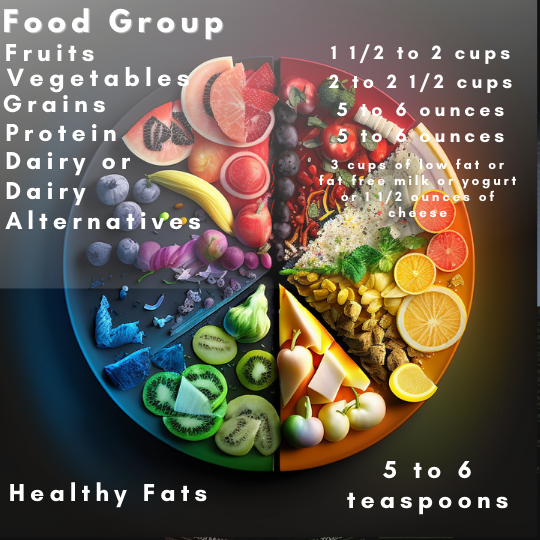
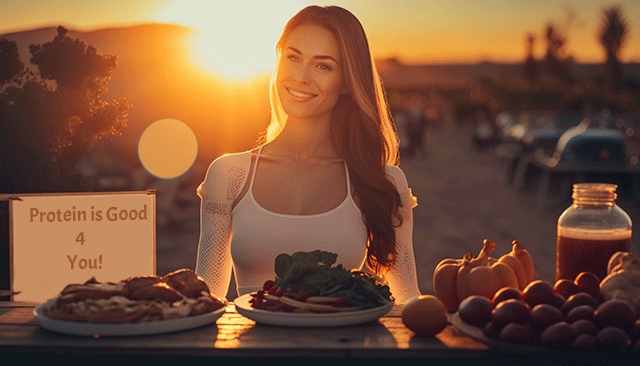
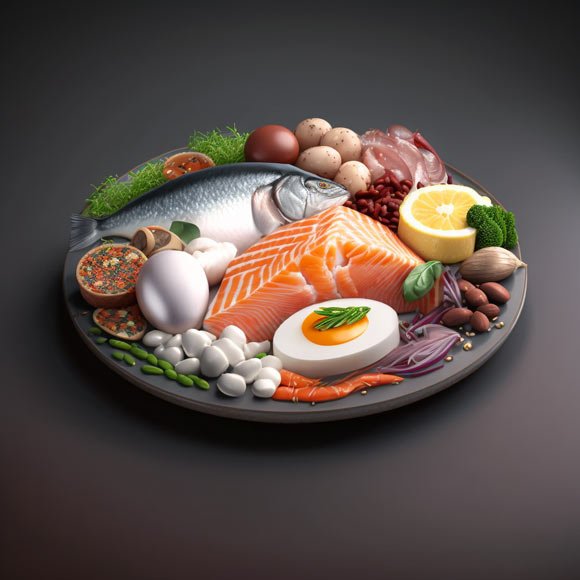
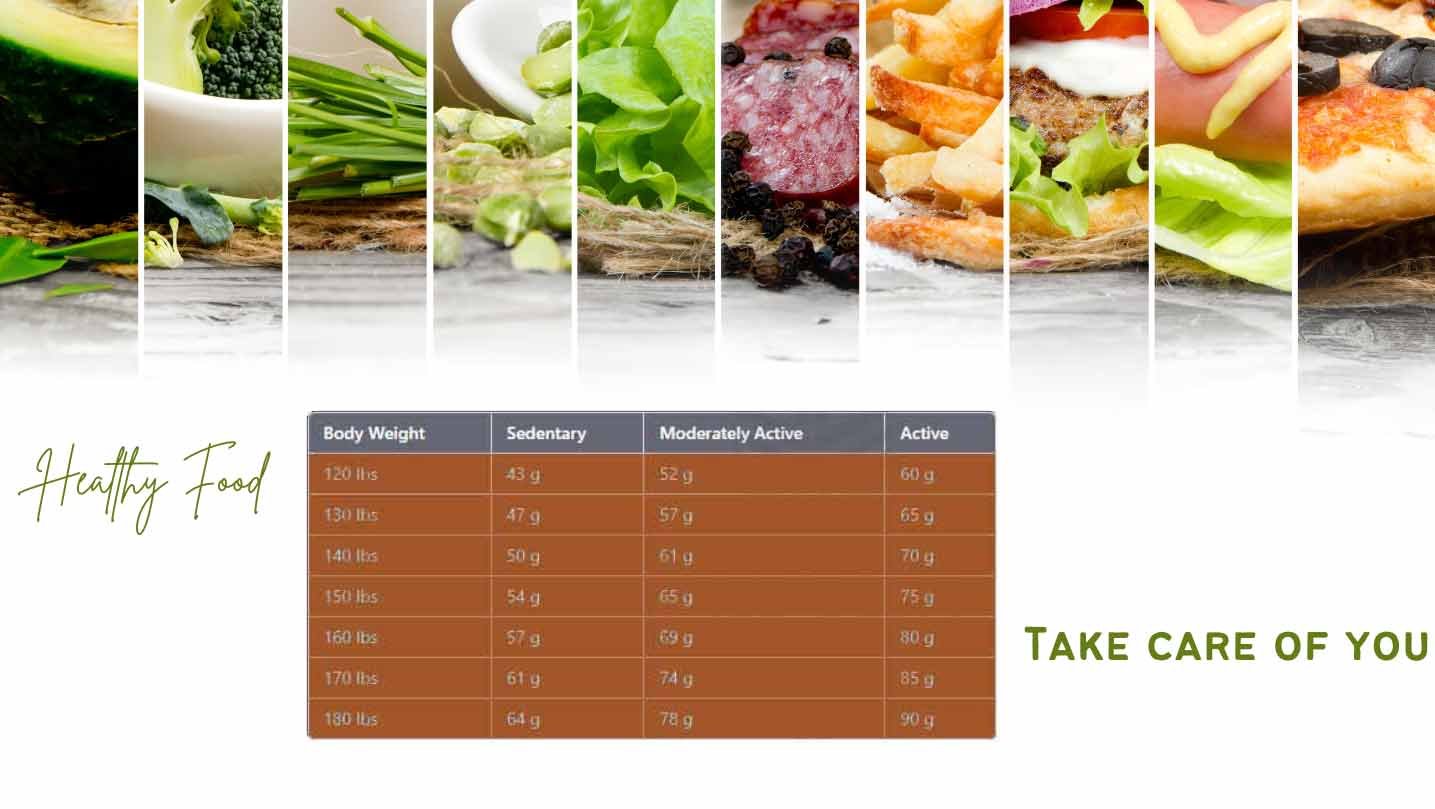

1 comment
[…] night, as inadequate sleep can negatively impact your metabolism and weight loss efforts. Often people use melatonin to help them […]